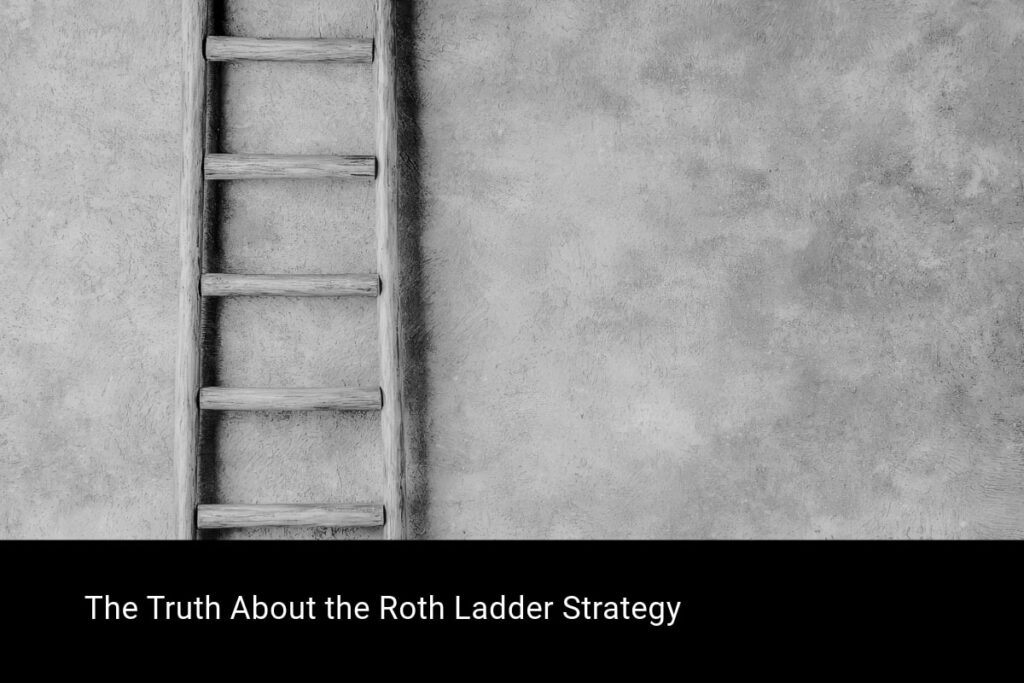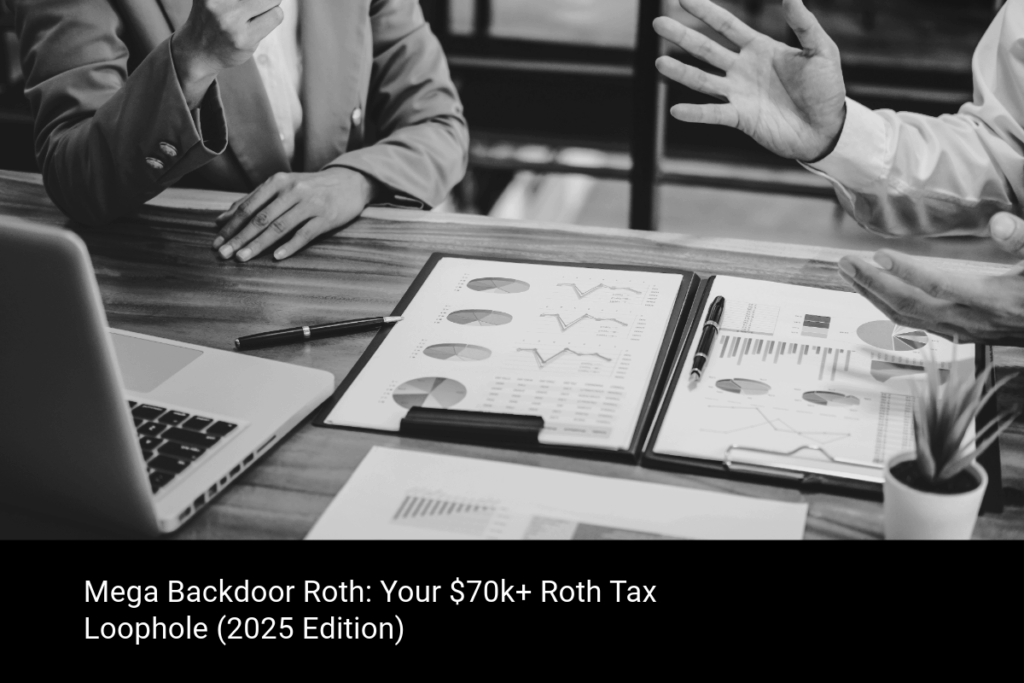If you’re getting ready for retirement—or already in it—you’ve probably asked yourself a big question:
How do people not only get to the lowest tax bracket in retirement… but actually pay zero in taxes?
Here’s the thing: you don’t need exotic tax strategies or some off-the-wall investment to make it happen. Today, I’m going to break down how it’s possible and why it may be more realistic than you think. I’ll also walk you through a case study at the end that ties it all together.
Let’s get into it.
Rule #1: Understand How Social Security Is Taxed
Social Security is a core piece of income for many retirees. But depending on how much income you’re bringing in from other sources, 0% to 85% of your Social Security benefit could be included in your taxable income.
Key word: included. A lot of people confuse this and think Social Security is taxed at 85%—which is completely wrong.
Here’s how you determine how much of your Social Security is taxable:
- Add up all your gross income—this includes wages, pension income, taxable interest, IRA distributions, rental income, etc.
- Add in any municipal bond interest (yes, even though it’s usually “tax-free”).
- Then take half of your Social Security benefit and add it to the total.
That combined number is called Provisional Income, and it’s what determines how much of your Social Security benefit you’ll actually owe taxes on.
Let’s say you’re married, and both of you are living on just Social Security—$35,000 a year total. Half of that is $17,500. In this case, none of your Social Security is taxable.
But now let’s say you add $5,000 in investment income and $12,000 from an old pension. That pushes your provisional income to $34,500, just over the threshold. But here’s the good news: you’re not suddenly paying tax on half your benefit. Only the amount over the limit gets partially taxed—meaning just $1,250 of your Social Security ends up being taxable.
The takeaway? You’ve got way more flexibility than you think when it comes to drawing income and keeping most (if not all) of your Social Security tax-free.
Rule #2: Know the Standard Deduction Boost at Age 65
Once you hit age 65, you get a bump in your standard deduction.
In 2025:
- Married filing jointly: $30,000 → bumps up to $33,600
- Single: $15,000 → bumps up to $17,700
That bump matters. If you’re strategic with your distributions, Social Security timing, and capital gains, that increased deduction alone can wipe out your taxable income entirely.
Rule #3: Use the 0% Long-Term Capital Gains Bracket
Ask the average person what the capital gains tax rate is, and they’ll say 15%. But there’s a huge caveat here…
If your taxable income is under certain limits—about $98,000 for married couples in 2025—your long-term capital gains tax rate is 0%.
Let that sink in. You could sell stock, realize gains, and pay nothing in federal tax… if your income is managed strategically.
The key here is remembering that taxable income is calculated after subtracting your standard deduction. So gross income can actually be pretty solid and still keep you under the line for that 0% capital gains rate.
Case Study: Homer and Marge Pay $0 in Taxes
Let’s bring this to life.
Homer and Marge Sample are both 67. They’re retired. Each receives $2,750 a month in Social Security. Marge also gets $1,000/month from a pension.
Their balance sheet looks like this:
- $750K each in traditional IRAs
- $200K in Marge’s Roth IRA
- $125K in the bank
- Homer holds a low-basis stock with potential long-term capital gains
Their goal: Live off $8,000/month—completely tax-free.
Here’s how we approached it:
Step 1: Assess their baseline
They’re already bringing in around $7,000/month from Social Security, the pension, and some small interest/dividends. When we run the numbers, only $11,100 of their Social Security ends up taxable. Subtract the standard deduction of $33,200, and their taxable income drops to $0. So far, so good.
Step 2: Get them the extra $1,000/month
We need to find another $12,000 per year to get them to $8K/month. Here’s what we do:
- Pull $6,000 from Marge’s Roth IRA – completely tax-free
- Sell $6,000 worth of stock from Homer’s low-basis portfolio – this triggers $5,700 in long-term capital gains
Now, because their taxable income (even after this move) is still under the $98,000 threshold, their capital gains tax rate is still 0%.
Result: Homer and Marge now have $8,000/month in income and still pay $0 in federal taxes.
It’s a thing of beauty.
Final Thoughts: Chasing $0 Taxes Today vs Long-Term Strategy
Now, I want to be clear: this is one scenario. Everyone’s situation is different. You need to consider your own balance sheet, future required minimum distributions (RMDs), and long-term tax exposure.
The real conversation to have is:
Should you aim for $0 taxes today? Or is it better to pay a little now to save a lot later?
Sometimes the smarter move is to take a small tax hit early on—through Roth conversions or strategic withdrawals—to smooth out your tax picture over the long haul.
That’s something we explore with clients all the time, and we’ll dive deeper into that in future posts.
If you found this helpful and want a second opinion on your retirement tax strategy, reach out to us at www.MDRNWealth.com (that’s modern, spelled with no vowels). We’d love to help you map out a plan that keeps more money in your pocket—now and for decades to come.
This information is general education only and is not to be construed as specific tax, legal or investment advice.










